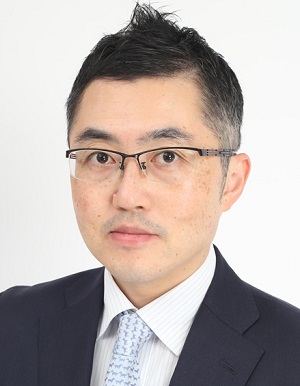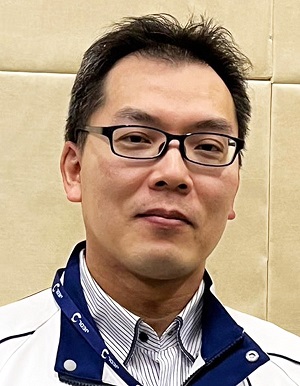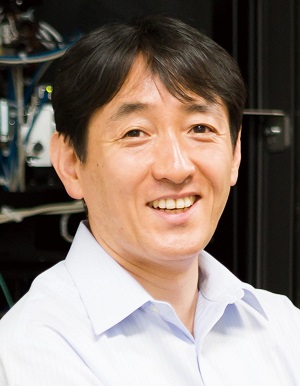Member
Groups
Method Development & Application
Development of imaging method and application to interfaces
 |
Group Leader |
Members Ryo Ishikawa (UTokyo)
Takehito Seki (UTokyo) |
This group develops novel STEM imaging methods for implementation in ultra-atomic resolution electron microscopy and applies these methods to real material and device problems. In addition, the group will collaborate with Kohno group on the design and theoretical performance evaluation of the developed microscope. The group will also collaborate with Kikkawa group on the development of electromagnetic field observation methods for biological samples, and with Ohya Group on the development of spin device observation techniques. Through these studies, the group will develop the ultra-atomic resolution electron microscope that surpasses conventional atomic resolution electron microscopes.
Equipment Development
Development of cryogenic stage & detector
 |
Group Leader Yuji Kohno (JEOL Ltd.) |
Members
Shigeyuki Morishita (JEOL Ltd.) Akiho Nakamura (JEOL Ltd.) |
The Instrument Development Group is responsible for the development of a cryogenic magnetic field-free electron microscope. General transmission electron microscopes are difficult to observe and analyze magnetic materials because the specimen is placed in a strong magnetic field. To overcome this difficulty, the group from the University of Tokyo and JEOL, as part of the JST Sentan Project, developed a magnetic field-free electron microscope that allows atomic resolution observation in magnetic field-free condition around the sample. In this ERATO project, our group will develop a cryogenic magnetic field-free electron microscope that incorporates a He cooling stage into a magnetic field-free electron microscope. This microscope will realize cryogenic atomic-resolution observation of various materials, such as magnetic and superconducting materials.
Cryogenic STEM
Development of Cryogenic STEM and application to biology
 |
Group Leader |
Members Radostin Danev (UTokyo) |
The Kikkawa Group develops methods and technologies for observing biological samples using cryo-STEM. Kikkawa group has developed various cryo-electron microscopy techniques and used them to elucidate cellular mechanisms. In this project, we would like to enable simultaneous observation of structures and electric field distribution in biological samples. By applying the cryo-STEM, we will try to visualize the membrane potential, observe the structure of the channel under electric potential, and observe the magnetic field distribution of the magnetosome.
Quantum Thin Film Fabrication
Development of quantum devices and fabrication of model thin films
 |
Group Leader |
Members |
Our group focuses on creating single-crystalline all-epitaxial magnetic heterostructures using molecular beam epitaxy (MBE), mainly for spintronics and quantum device applications. In the spintronics research field, atomically controlled interfaces that can reduce spin scattering at interfaces between different materials are required to use the full potential of the intrinsic quantum nature of materials and heterostructures. Thus, developing new techniques for understanding the microscopic spin behavior and scattering mechanisms is significant. Our group has been developing atomically controlled precise ferromagnetic quantum heterostructures. In this project, we provide samples to the Methods Development and Applications Group. The goal is to understand the spin behavior in these structures at the atomic level by directly observing them to contribute to essential innovations for realizing new spin devices.
pagetop